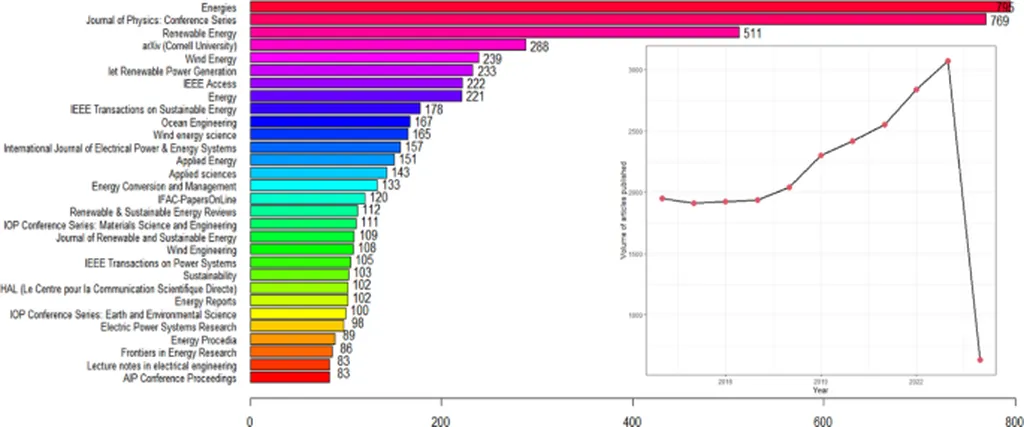In the quest to enhance the efficiency and reliability of wind turbines, researchers have turned to innovative data-driven approaches, and a recent study published in *Nature Scientific Reports* offers a promising new method for diagnosing gear oil faults. The research, led by Huihui Han from the East China Electric Power Test and Research Institute and China Datang Corporation Science and Technology Research Institute Co., Ltd., introduces a clustered federated learning framework (CFLF) combined with stepwise multivariate regression (SMR) to evaluate gear oil performance with remarkable accuracy.
Wind turbines are critical components of the renewable energy landscape, but their gearboxes often face significant wear and tear, leading to costly maintenance and downtime. Traditional diagnostic methods can be time-consuming and less precise, which is where Han’s research steps in. “The integration of SMR and CFLF allows us to extract multiscale features and tackle data heterogeneity, providing a more accurate and efficient diagnostic tool,” Han explains. This novel approach not only improves diagnostic performance but also offers a significant boost in prediction accuracy—up to 35.73% higher than single SMR models.
The study leverages actual data from wind turbine gear oil to demonstrate the superior performance of the proposed model. By combining SMR, which integrates multiscale features and an AIC-diagnosis feature, with CFLF, the researchers have created a robust framework that can handle the complexities of gear oil diagnostics. “This method provides a new technique for evaluating gear oil in the wind energy sector, potentially reducing maintenance costs and increasing the lifespan of wind turbines,” Han adds.
The implications for the energy sector are substantial. As wind energy continues to grow as a key player in the renewable energy mix, ensuring the reliability and efficiency of wind turbines is paramount. The ability to accurately diagnose gear oil faults can lead to proactive maintenance, minimizing downtime and reducing operational costs. This research could pave the way for more advanced diagnostic tools that leverage machine learning and data analytics, ultimately shaping the future of wind energy maintenance and operations.
Han’s work highlights the potential of combining traditional statistical methods with cutting-edge machine learning techniques to address real-world challenges in the energy sector. As the field continues to evolve, such innovations will be crucial in driving the transition to a more sustainable and efficient energy future.

